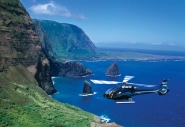 It may be the tail end of the holiday season, but don’t expect Santa to shove a wad of extra cash into your airport’s FOD control budget.
It may be the tail end of the holiday season, but don’t expect Santa to shove a wad of extra cash into your airport’s FOD control budget.
While the nation’s aging airport system requires numerous infrastructure upgrades, there’s not a lot of new money coming in. The new Congress is unlikely to increase FAA funding and may even cut it. Efforts to raise the Passenger Facility Charge (PFC) cap have so far proved fruitless. Compared to major airports overseas, the US is falling behind.
When funds are hard to come by, a good FOD program manager learns how to make do.
Maintain your existing equipment as well as you can for as long as you can. Every month that you spend a few hundred dollars to keep that old machine running is another month that you don’t need to shell out many thousands of dollars on a new one. Milk your suppliers for every possible ounce of tech support; they want your business, so let them earn it.
When it does come time to buy new equipment, get proactive and bring up creative financing options. If they want the sale, they will work out with you a mutually-acceptable cash-flow plan. If your facility has always made that extra effort to pay its bills on time, now is when that effort pays off for your program and staff.
Be a smart buyer. Write up a detailed list of desired performance specifications and include it in correspondence, bid solicitations, and contracts. Ask your supplier for their product’s specifications, other facilities where it is currently deployed and, if possible, an on-site field demonstration. The last thing you want to do is purchase a hundred indoor FOD cans and then watch them rot in the outdoor sun.
Is your facility planning a construction project? Most construction contracts require that the contractor keep the work area clean of FOD, so the contractor may have to purchase equipment, such as sweepers and barriers, to fulfill that requirement. Cut a deal with them to transfer ownership of that equipment to you once the project is complete. They recoup a portion of their original purchase costs and you obtain equipment for a portion of its market value.
Do you have a GA airport or other facility with a relatively light surface sweeping program? A secondary market exists for used sweepers, which can save you a considerable sum. Even better, get in touch with suppliers and ask if they have an old demo unit that they would be willing to let go of for a nominal sum. This is a win-win situation—they pick up a few dollars and you pick up some extra hours of sweeping.
Performance incentives to motivate staff to maintain safety standards need not cost and arm and a leg. A logo jacket or a dinner for two goes a long way to show appreciation. One great way to jazz things up is to let the staff select the type of reward, within the budget that you set, before you award it. Remember, you are not rewarding employees for following the rules. You are thanking them for making the personal decision to treat seriously their own safety, as well as the safety of their colleagues and customers.

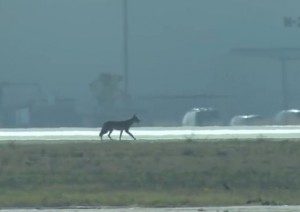 Our grandparents used to think of coyotes as reclusive creatures wandering the western deserts and woodlands. Not any more.
Our grandparents used to think of coyotes as reclusive creatures wandering the western deserts and woodlands. Not any more.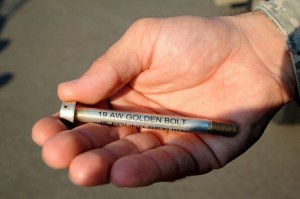 Keeping your employees on the lookout for foreign object debris or damage (FOD) can prove challenging in a busy work environment. Try these three proven methods to encourage awareness and a strong safety culture.
Keeping your employees on the lookout for foreign object debris or damage (FOD) can prove challenging in a busy work environment. Try these three proven methods to encourage awareness and a strong safety culture.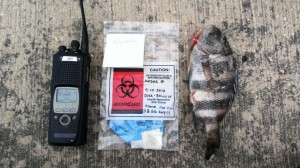 September 10, 2013, will forever live in infamy for Lt. Cmdr. Nick Toth, NOAA pilot, and for everyone else involved in the first recorded “fish strike,” in the history of NOAA at MacDill that occurred that morning.
September 10, 2013, will forever live in infamy for Lt. Cmdr. Nick Toth, NOAA pilot, and for everyone else involved in the first recorded “fish strike,” in the history of NOAA at MacDill that occurred that morning.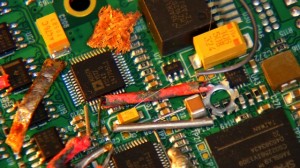 IPC has released a new program that focuses exclusively on FOD Prevention in Electronics Assembly.
IPC has released a new program that focuses exclusively on FOD Prevention in Electronics Assembly.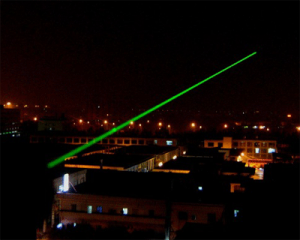
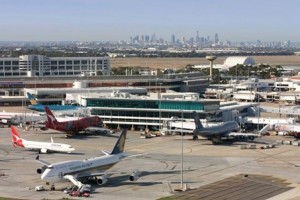 An explosive engine failure on a Vietnamese airliner showered fiery debris across a runway at Australia’s second busiest airport Tuesday, bringing all traffic at the airport to a standstill.
An explosive engine failure on a Vietnamese airliner showered fiery debris across a runway at Australia’s second busiest airport Tuesday, bringing all traffic at the airport to a standstill.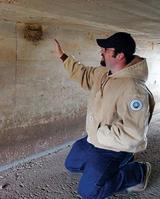 Aaron Betts is a wildlife biologist with the U.S. Department of Agriculture, assigned to oversee the Bird/Wildlife Aircraft Strike Hazard program at Vance Air Force Base and at Kegelman Air Force Auxiliary Field.
Aaron Betts is a wildlife biologist with the U.S. Department of Agriculture, assigned to oversee the Bird/Wildlife Aircraft Strike Hazard program at Vance Air Force Base and at Kegelman Air Force Auxiliary Field. Foreign Objects in food constitute one of the most serious causes of consumer complaints and can result in substantial losses and brand damage to companies associated with the incidents. While some of these complaints are justified and the objects behind them can be considered as true foreign bodies, others may be due to poorly mixed or misprocessed product. Additionally, it is common for the foreign body to have been introduced into the product by the customers themselves, either accidentally, through home contamination or, more concerningly, as a result of malicious contamination, whether by the complainant or by someone involved in food manufacture or distribution. Nevertheless, when complaints are received, it is important to be able to identify the nature and origin of the object both quickly and cost-effectively, so that an appropriate response can be made. This is particularly so in the age of social networking, where complainants can readily publicize their dissatisfaction.
Foreign Objects in food constitute one of the most serious causes of consumer complaints and can result in substantial losses and brand damage to companies associated with the incidents. While some of these complaints are justified and the objects behind them can be considered as true foreign bodies, others may be due to poorly mixed or misprocessed product. Additionally, it is common for the foreign body to have been introduced into the product by the customers themselves, either accidentally, through home contamination or, more concerningly, as a result of malicious contamination, whether by the complainant or by someone involved in food manufacture or distribution. Nevertheless, when complaints are received, it is important to be able to identify the nature and origin of the object both quickly and cost-effectively, so that an appropriate response can be made. This is particularly so in the age of social networking, where complainants can readily publicize their dissatisfaction.
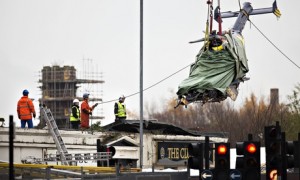
 Laser pointers being directed into the cockpits of aircraft are becoming an increasing hazard for pilots as these powerful handheld lasers become more affordable and widespread. There were 3,960 such strikes reported last year, the FAA says. That’s up from 283 in 2005.
Laser pointers being directed into the cockpits of aircraft are becoming an increasing hazard for pilots as these powerful handheld lasers become more affordable and widespread. There were 3,960 such strikes reported last year, the FAA says. That’s up from 283 in 2005.
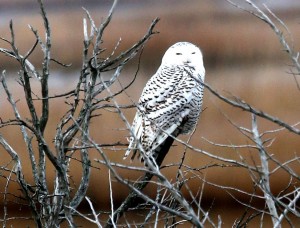 Despite their renowned wisdom, snowy owls migrating south are mistaking airport runways for safe habitat, putting themselves, and air travelers, at risk. Right now, perhaps the largest ever number of Arctic snowy owls — yes, the type beloved by Harry Potter and friends—are descending on the Northeast and Great Lakes states in one of what may be several waves of arrivals. (Such an influx is called an “irruption,” just for the record.)
Despite their renowned wisdom, snowy owls migrating south are mistaking airport runways for safe habitat, putting themselves, and air travelers, at risk. Right now, perhaps the largest ever number of Arctic snowy owls — yes, the type beloved by Harry Potter and friends—are descending on the Northeast and Great Lakes states in one of what may be several waves of arrivals. (Such an influx is called an “irruption,” just for the record.)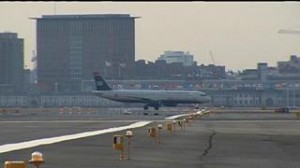 Boston Logan International has become the first airport in the US to use an automated runway FOD detection system. The airport has had the state-of-the-art FODetect system installed, developed by Xsight Systems, that has been sited on runway 09-27, which is the busiest departure runway at Boston Logan.
Boston Logan International has become the first airport in the US to use an automated runway FOD detection system. The airport has had the state-of-the-art FODetect system installed, developed by Xsight Systems, that has been sited on runway 09-27, which is the busiest departure runway at Boston Logan.

